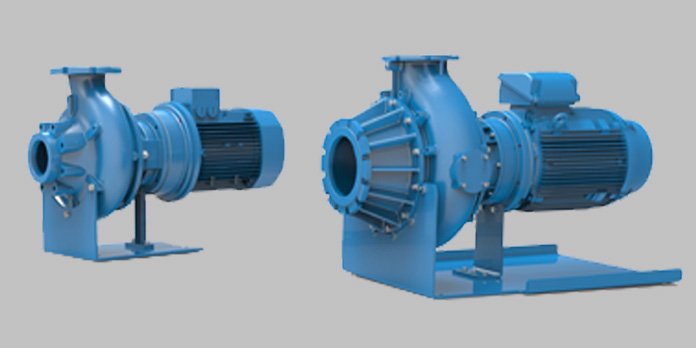Proper centrifugal pump selection is a process whose importance cannot possibly be stressed further, at least not with knowledge of the consequences of lack thereof in terms of maintenance, reliability and efficiency.
Unfortunately, this process still proves difficult for the average users. Furthermore, the contraction of qualified personnel in the same matter also does not guarantee success. This is worsened by the fact that many pumps have undergone revolutionary changes over the course of the years.
Fortunately, for the centuries that the centrifugal pump technology has been around, there have not been much change. The only notable difference could be the availability of new alloys and coatings to build the casings and impellers from. This is also inclusive of the increased efficiency.
However, it is also important to note that a pump from a reputable manufacturer may perform poorly in a system regardless of the pump’s specific quality. For instance, a pump made from titanium and designed for a 30-year life cycle could have a dismal performance for another industrial application. This is in spite of it being quite costly. As such, it is important to fit the right pump to the right application.
Pump curves
Pump curves demonstrate the strong relationship between pump life, pump reliability and where the pump operates on its curve.
The performance of individual pumps is a combination of the pump design and the operating conditions. This is provided to the user in the form of pump curves, with the primary function to communicate or define the relationship between the flow rate and total head for a specific pump. They are provided by the manufacturer and show the operating characteristics of a specific pump type, size and speed based on results of standardized tests and test conditions. A healthy pump maintains the defined relationship between the head and flow at all times.
Also Read: Top pump systems for modern agriculture
It should thus go without saying that every pump must have a pump curve- even if just for accuracy. More importantly, one should understand how the system impacts the pump on its curve and the reliability.
Pump Cavitation
This is a major concern; as it can demolish pumps very quickly. For example low intake pressure or in a case where the pump is operating at the far end of its curve, it pulls the fluid through so rapidly that the fluid pressure drops below its vapor pressure and can cause it to boil. Inasmuch as it may seem impractical for air to strip away steel in a pump, long term buildup of millions of vapor bubble creations and implosions that can do the damage. Once the pump is in operation it tends to sound like gravel being pumped regardless of the base fluid
Pump Size
Engineers are known for their tendency to oversize pumps. This is owing to lack of knowledge of the individual piping process. Failure to know how a contractor will route pipes necessitate the need for inclusion of a safety factor in the calculations; which generally goes on top of the worst-case design scenario.
This is encouraged further by engineering firms being weary of blame for undersized pumps that are unable to meet process requirements. As such the estimation to cater for safety factors is 10%. This is based on expected piping, process and control elements.
Unfortunately, the end user is the one who is left to bear the inefficient pump and excess costs in additional energy and maintenance. On the other hand, this can be helped with the use of software to model expected flow conditions at various operating points.
